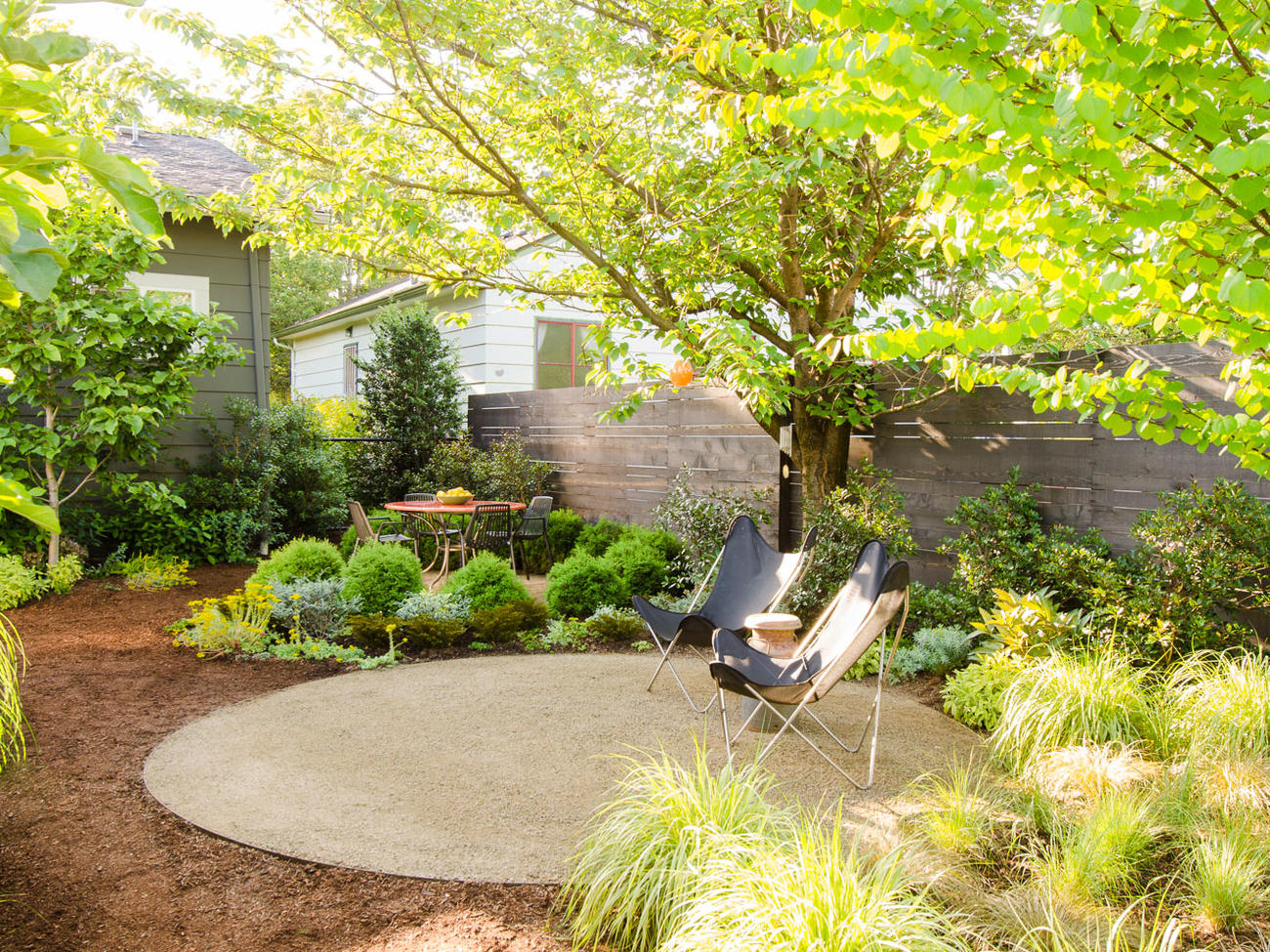
8 Tips for Gardening in the Shade
Keep in mind these tricks to create your own paradise in the coolest part of the garden

Jon Jensen
1. Assess your garden and learn the nomenclature
Because not all shade is created equal.
- Partial shade. As the sun arcs across the sky, different areas of the garden are exposed to direct sun for part of the day and bathed in shade for at least half a day (or three hours during the hottest part of the day).
- Filtered or dappled shade. As sunlight passes through the canopy of a tree, the leaves create a pattern of light and shadow, or dappled sunlight. An overhead lath also provides a filtered effect. In general, filtered shade will support many plants that grow in partial or light shade.
- Light or open shade. This bright, fairly even shade is found in gardens that are open to the sky but bathed in shadows cast by surrounding tall trees, walls, or other shade structures.
- Full or deep shade. An area with little or no direct sunlight, such as beneath a dense evergreen tree, is considered full shade. The low level of light restricts the choice of plants.
